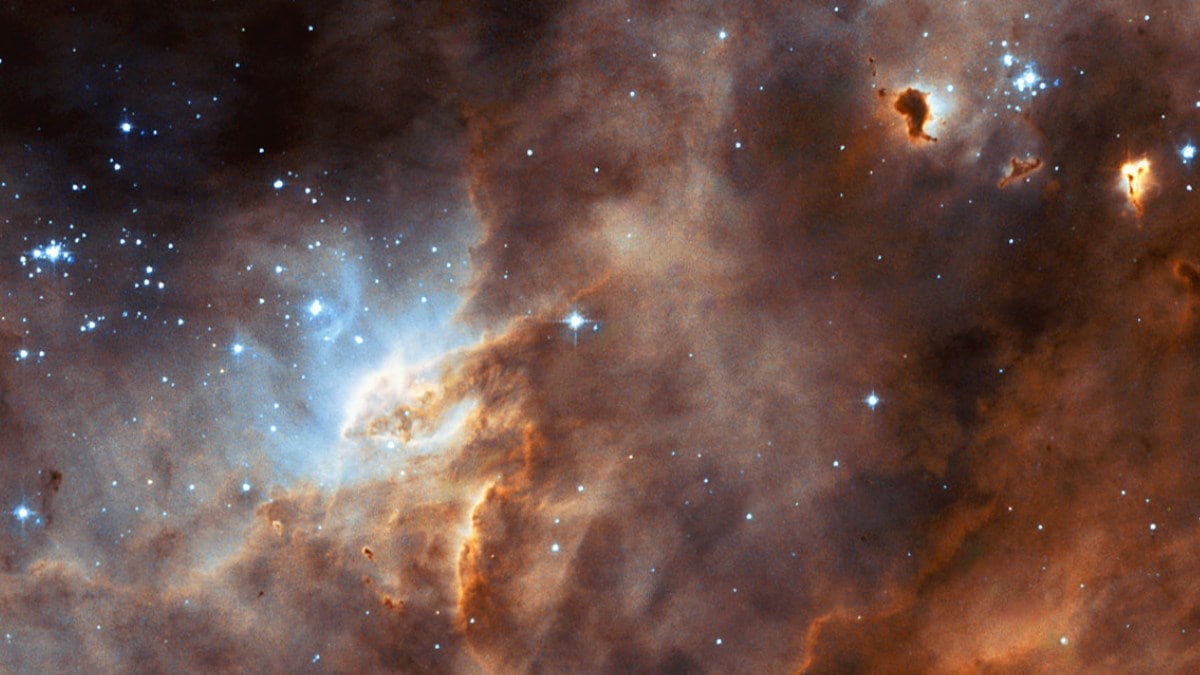Products You May Like
Astronomers have long thought that it takes millions of years for a star like our Sun to form completely. But recent observations via the world’s largest radio telescope FAST are casting doubt on this long-held belief. The new study has revealed that stars could form much faster than previously thought. Scientists studied the magnetic field inside a molecular cloud 450 light-years away from Earth, located in the Taurus constellation. They chose the cloud named Lynds 1544 as it appeared on the brink of producing a star. Astronomers previously measured the magnetic field inside the densest part of the cloud.
They also probed the thinner regions at the cloud’s edges, using the Arecibo Observatory, which was set up in Puerto Rico but collapsed unexpectedly in 2020. What they could not examine was the intermediate region between the core and the outer layer. The FAST measurements focussed on a region in between the thin and dense regions. According to the researchers, these observations revealed that the magnetic field in the new location was 13 times less than theoretical models suggested.
According to a report by Space.com, this meant that the magnetic field was insufficient to keep back falling matter, and nuclear fusion would occur considerably more quickly. Living stars, such as the Sun, are powered by nuclear fusion.
Di Li, the chief scientist of FAST who led the study, told Science.org that in case the standard theory worked, to resist a 100-fold rise in cloud density, the magnetic field would have to be substantially stronger. But that did not happen.
Scientists believe this finding could revolutionise the theory of star formation if measurements of other star-forming clouds also throw up similar results. FAST, the telescope set up in China, is considerably bigger than Arecibo. FAST has a diameter dish of 500 metres, compared to Arecibo’s 305 metres. Arecibo held the record for being the world’s largest radio telescope for more than five decades until 2016. China opened FAST to international scientists after the collapse of the Arecibo telescope.
Catch the latest from the Consumer Electronics Show on Gadgets 360, at our CES 2022 hub.
